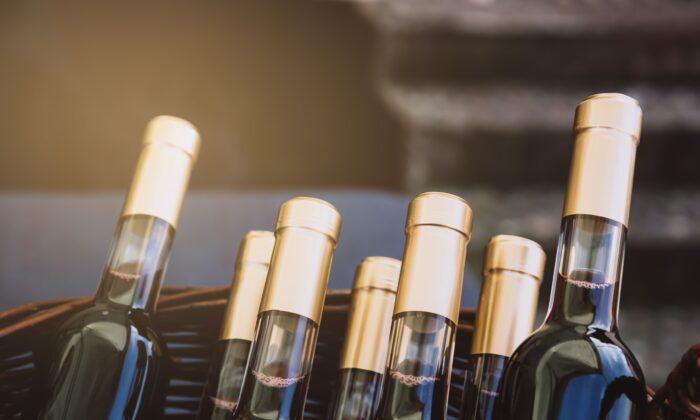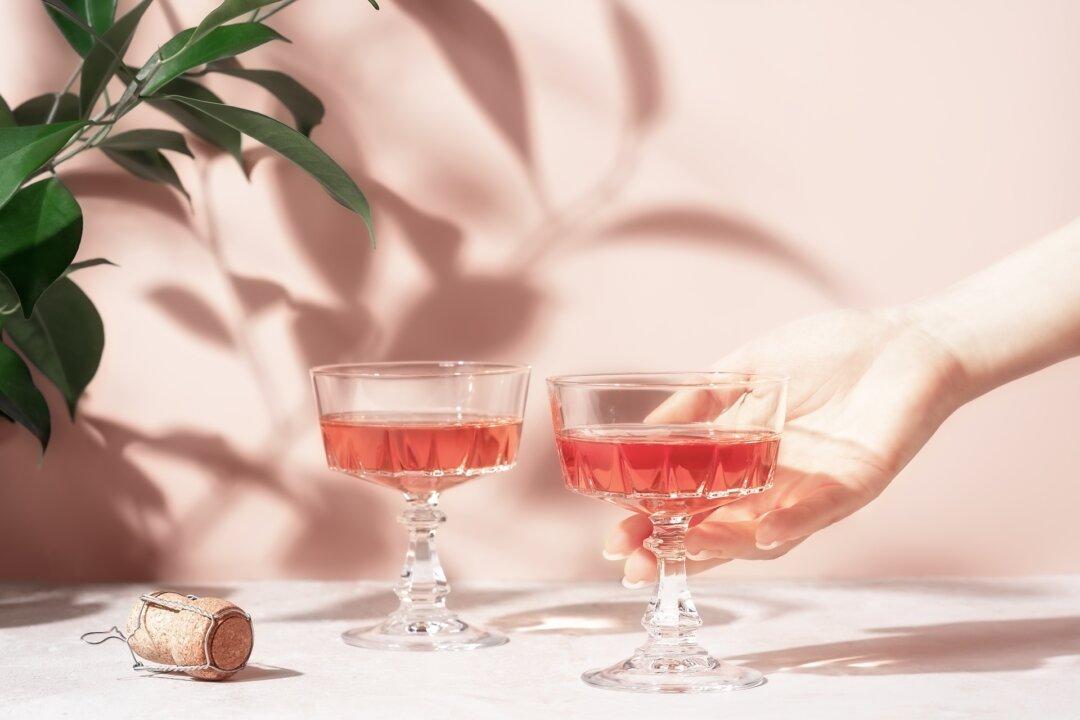Winemakers around the world have tools and strategies today that they never had decades ago that help to make wine a lot more stable than it ever was back then.
Unless a bottle of wine has been held under horrible conditions, especially excessive heat or temperatures that vary up and down, most of the time we can rely on the fact that the wine will be technically sound and drinkable.
However, there are several issues here that regular wine consumers need to know about, in particular because the quality of a particular wine does depend, to a great degree, on what it is.
For example, syrah tends to be one of the few grapes susceptible to developing some odd aromas, no matter how the bottles are stored.
One of the most common problems wine drinkers will face, although few actually know about it, is the issue of lightstruck characteristics. It is the condition that occurs when a white wine is bottled in a clear glass bottle, and then is exposed to direct light, such as in a supermarket refrigerator case or a warehouse retail store.
Clear glass bottles do not block ultraviolet rays. As a result, a photochemical reaction can occur when such a bottle is exposed to light, particularly fluorescent bulbs or direct sunlight. The result is either a slight or a very strong sulfur-y aroma that not only is annoying, but also destroys much of the real varietal character the wine should display.
To circumvent this, most savvy wine lovers will avoid buying clear-glass bottles that are exposed to direct light of any sort. If the wine you desire is only bottled in clear glass, one tactic is to request that the store get you bottles out of a sealed box.
Variable temperatures also pose a risk for wines, particularly those that are old enough to have had temperature variations over several years. One clue to this is to inspect the bottles extremely carefully to see if the cork has moved up or down to temperature variation.
A bottle that shows its cork protruding even very slightly above the top of the bottle neck indicates temperature variations may have occurred. Although that’s not an absolute guarantee that the wine is spoiled, it is one bit of evidence if the wine turns out not to be pristine.
This is even noticeable in bottles with metallic capsules. Just see if the capsule has been stretched.
Bottles that have leaked also indicate poor storage, but not in every case. Some classic old Sauternes and other aged dessert wines occasionally show a little bit of leakage, which is to be expected with some sweet wines. I have had fabulous experiences with “weeping” bottles of 1970s and 1980s dessert wines.
When purchasing wines that are sealed with a screwcap, be aware of one small risk. If the cap is dented, there is a possibility that its seal has broken and the wine may have become oxidized. When buying screwcapped wines in a store, inspect the cap for dents and avoid any you see.





